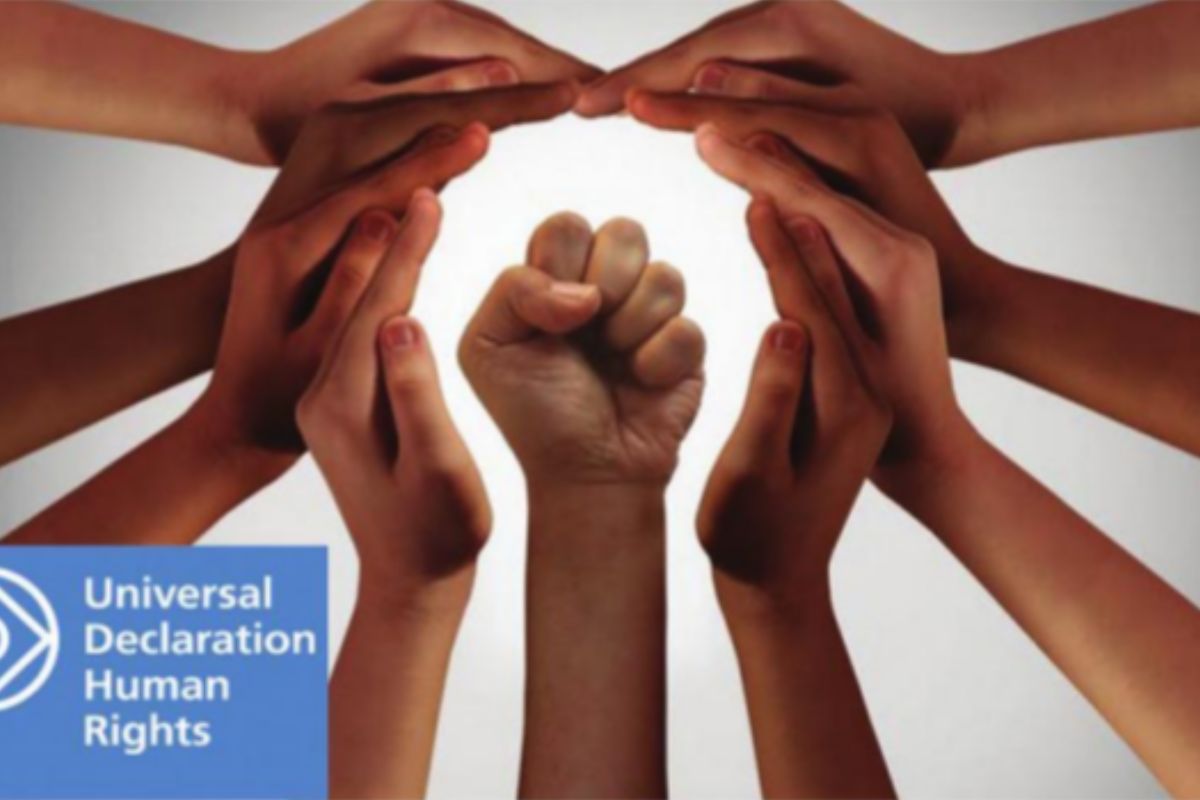Majoritarianism and Minoritarianism (or Minorityism) have been two infectious diseases that have afflicted almost all modern democracies of the world, more so the liberal democracies of Western Europe, United States, Canada, Australia and India. Instead of treating the dis- eases with skillful policy pallia- tives and empathy, the symp- toms are exacerbated by the active social and political groups who compete with each other to reap rich harvest from a toxic atmosphere. The concepts of majoritari- anism and minorityism defy a scientific definition because of the complexity of issues and emotions involved and also con- fusion in perceptions. In common parlance, majo- ritarianism refers to a system of governance where the majority community has primacy over the interests of minority groups. According to the European Centre for Populism Studies (ECPS), “majoritarianism is a traditional political philosophy that asserts that a majority (sometimes categorized by reli- gion, language, social class, or some other identifying factor) of the population is entitled to a certain degree of primacy in so- ciety and has the right to make decisions that affect the society.” On the other hand, minori- tyism is a system where the min- ority groups or community re- ceive primacy in the process of policy making and in the system of governance. The concepts are inter- meshed and are often confused with the elected majority or the minority government ruling the country. The electoral system of any democracy may throw up a majority government of a single party or a minority government or a coalition government but that has nothing to do with majoritarianism or minorityism. A majority government may not believe in or promote ma- joritarianism and similarly, a minority government need not believe in giving primacy to the minority groups. These two political jargons, which are the recent inventions of the political scientists and intellectuals of the Western world, did not exist in the dic- tionary and were not known till the end of the Second World War, complete decolonization of the world, installation of demo- cratic Constitutions in large parts of the globe and the Uni- versal Declaration of Human Rights (UDHR), 1948 of the Uni- ted Nations. It is a tragic chapter in world history that for thousands of years, since the begin- ning of the human civilization, the world has been ruled by the pow- erful (virabhogya vasundhara), who had the muscle po- wer and the power of the swords and the guns ~ a few minority elite gro- ups of emperors, kings, aristocrats, feudal lords, invad- ers and conquer- ors, barbarians and savages. The history of mankind is the history of bloodshed, which is still flowing in many regions. Till liberal democracy arrived, the human stratification narra- tive had been on the lines of classes ~ the patricians and the plebeians (ancient Greece and Rome), the aristocrats and the serfs (Russia and Europe), the royals and the commoners (Great Britain), the whites and the blacks (USA and Africa), and the capitalists and the labourers (industrial countries). As Karl Marx said, the his- tory of the world is the history of class struggles between the haves and the have-nots, the rich and the poor and the capi- talists and the proletariats. During the twentieth cen- tury battered by two world wars, the world had been too engros- sed in the problems of recon- struction, de-colonization, red- rawing of national boundaries, fight against hunger and pover- ty, efforts for economic develop- ment, abolition of slavery and slave trade, civil and human rights, and establishment of constitutional democracy and therefore, did not have the luxu- ry of pondering over fashionable concepts like majoritarianism or minorityism. It is only towards the end of the twenty-first century that these ideas were popularized in the liberal democracies where they have become real in recent years. While the liberal democra- cies are characterized by liberal and secular national Constitu- tions, compulsions of electoral politics and inse- curity are likely to produce either majoritarianism or minoritarianism in policy making, much against the principles of equ- ality, fraternity and secularism enshr- ined in the nation- al Constitutions. In both the cases, the developments can be viewed as violation or sub- version of the lib- eral Constitution. Majoritarian- ism owes its origin to the theory of Utilitarianism of Jeremy Ben- tham and John Stuart Mill ~ ‘maximum good for the maxi- mum number’. This policy of governance and implementation of various projects undertaken by the wel- fare state remained unchal- lenged for a long time till the neo-liberals in modern democ- racies started questioning it on the grounds of social equity and minority rights. It must be admitted that majoritarianism is partly inher- ent in a democratic system where the government, the judi- ciary, the corporate, the cooper- atives and non-governmental organizations are all run by majority opinion and the voting system. After all, democracy has been reduced to a numbers game! One vote can win or lose an election and one vote in the national assembly can make all the difference ~ rise or fall of a regime, even determine the fate of the nation. Majoritarianism is often referred to in a pejorative sense ~ as ‘ochlocracy’ or ‘tyranny of the majority’ and ‘majority au- thoritarianism’. The rise of a populist and charismatic leader in a democracy invariably invit- es sharp criticisms from the lib- erals. Opposition parties and intellectuals tend to brand such a leader as an ‘autocrat’ and his government as a majoritarian or democratic dictatorship. This flawed perception generally aris- es out of political rivalry and envy. Majoritarianism in a dem- ocratic constitution cannot alw- ays ignore the concerns of the minorities. This is possible in a flawed or illiberal democracy. In a liberal democracy where a robust ‘counter-majori- tarianism’ system is in place be- cause of the existence of institu- tions of the courts and tribunals, the Central Bank, the Regulatory Authorities, the supra-national corporates, the United Nation’s obligations, international agree- ments, the vibrant civil society and above all the Constitution, the possibility of the majority government being autocratic would be remote. However, in recent years, in several coun- tries, populism has propelled populist rightist leaders at the helm of affairs. It is undeniable that even in liberal democracies, certain in- ternal and external factors like deadly terrorism, unrest and violence in society and the flood of illegal immigrants have creat- ed fault lines which have shaken democratic decencies. Thierry Chopin assesses the current risks and states that “With the ‘rise of majority reg- imes, the consequences of glob- alization and the impact of the migration crisis may lead to ‘majorities’ which feel threat- ened socially, economically and/or culturally to want to con- solidate their power, and in doing so exclude minorities and their rights. … Ultimately, the illiberal democracy approach implies giving limitless power to the ‘majority’, which becomes increasingly difficult to define, embodied by a charismatic leader claiming to have the monopoly of the ‘people’s’ gen- eral will which is nevertheless so complex to identify.” This trend is especially visi- ble in Italy, France, Germany, Sweden, United Kingdom and the USA because of the per- ceived or real fears of the major- ity who feel threatened by ille- gal migration for losing their culture and identity. (To Be Concluded)











